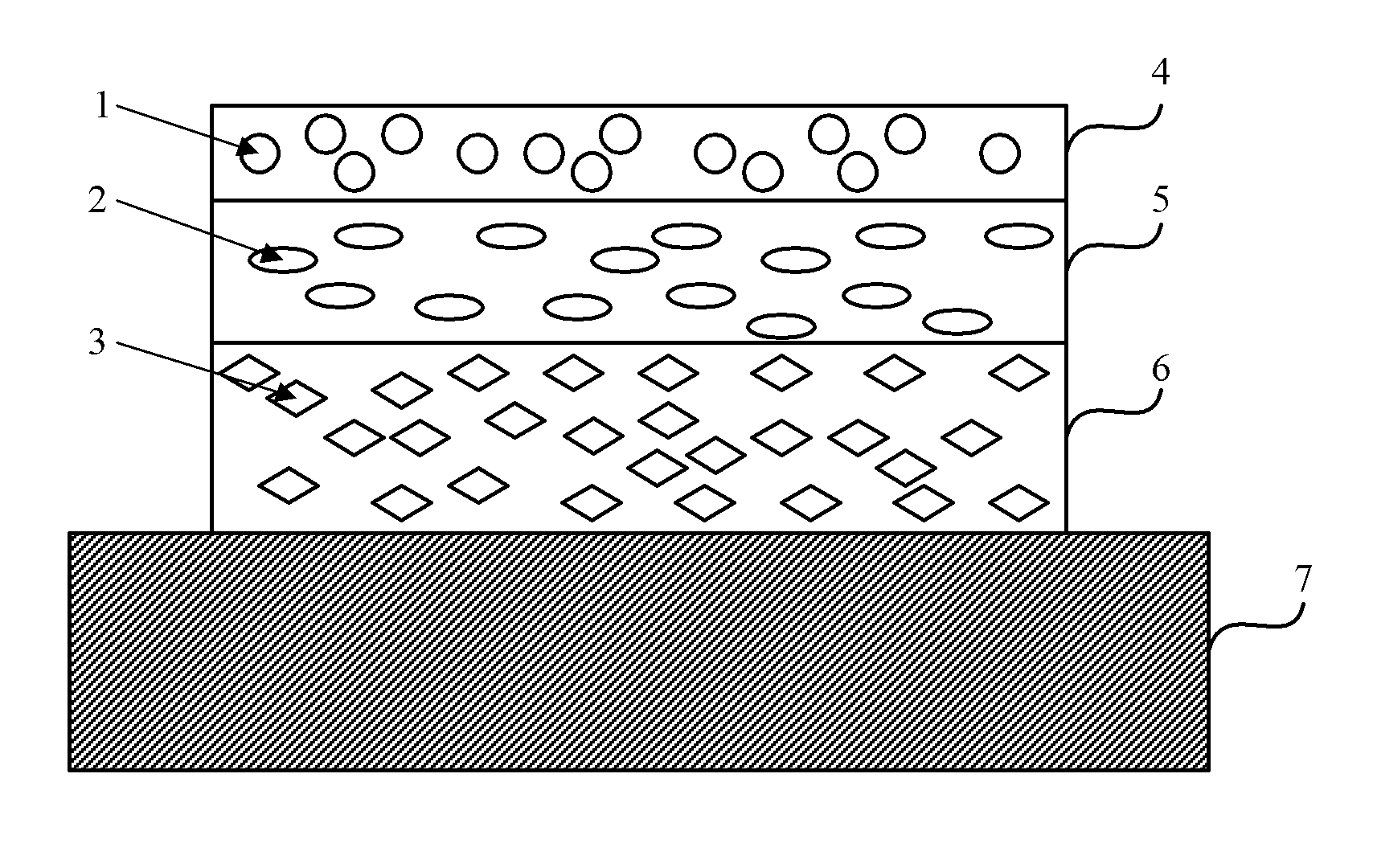Method and pavement structure for protecting highway subgrade in frozen soil area
a technology for highway subgrade and pavement, applied in the direction of roads, materials nanotechnology, roads maintainence, etc., can solve the problems of highway disease, subgrade stability threat, and inability to release mass of heat accumulated in the subgrade, and achieve the effect of small thermal conductivity, large thermal resistance, and high thermal conductivity
- Summary
- Abstract
- Description
- Claims
- Application Information
AI Technical Summary
Benefits of technology
Problems solved by technology
Method used
Image
Examples
Embodiment Construction
[0023]This invention is hereinafter further described in details with reference to the accompanying drawings as well as embodiments so as to make the objective, technical solution and merits thereof more apparent.
[0024]The present invention is mainly based on the theory of thermal conduction, forms a structure of gradient thermal conductivity with top to bottom pavement layers arranged in a descending order of thermal conductivity to make the pavement become a uni-directional thermal conducting tunnel conducting heat from the subgrade to the air. The pavement structure makes heat easy to disperse from the subgrade to the air and prevents heat from being delivered from the air to the subgrade. In this way, the frozen soil layer beneath the subgrade can be cooled with the frozen soil table raised, thickness of the thaw layer reduced. Thus, the stability of the frozen soil and the subgrade is maintained, operation capability of frozen soil areas is improved, and highway and highway sub...
PUM
| Property | Measurement | Unit |
|---|---|---|
| grain size | aaaaa | aaaaa |
| grain size | aaaaa | aaaaa |
| thermal conductivity | aaaaa | aaaaa |
Abstract
Description
Claims
Application Information
 Login to View More
Login to View More - R&D
- Intellectual Property
- Life Sciences
- Materials
- Tech Scout
- Unparalleled Data Quality
- Higher Quality Content
- 60% Fewer Hallucinations
Browse by: Latest US Patents, China's latest patents, Technical Efficacy Thesaurus, Application Domain, Technology Topic, Popular Technical Reports.
© 2025 PatSnap. All rights reserved.Legal|Privacy policy|Modern Slavery Act Transparency Statement|Sitemap|About US| Contact US: help@patsnap.com


